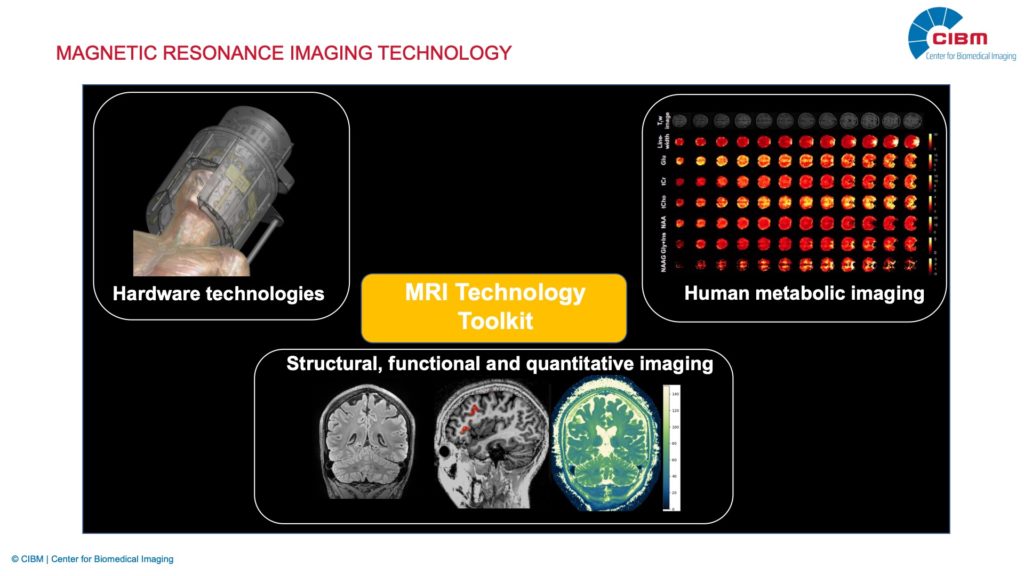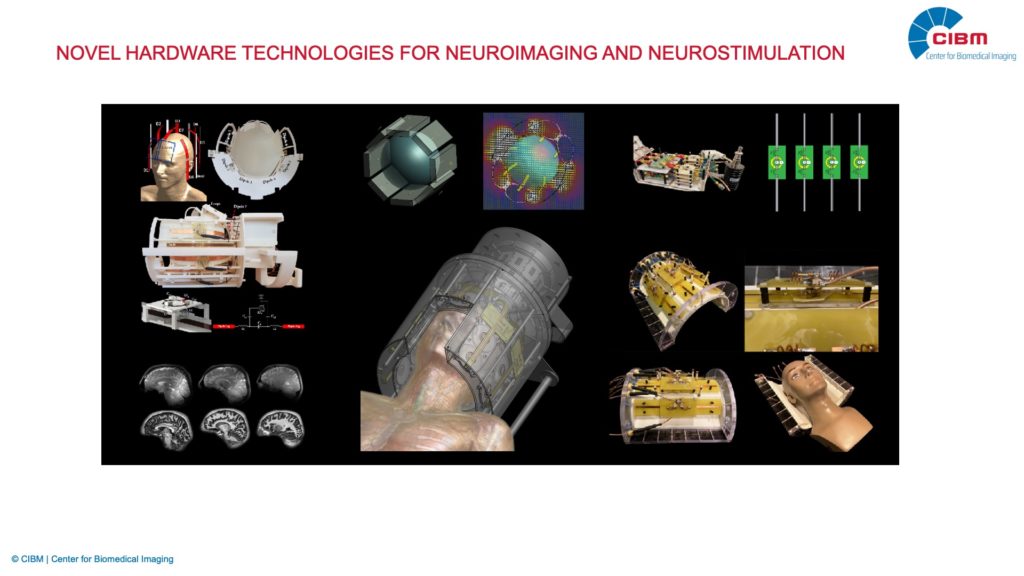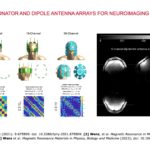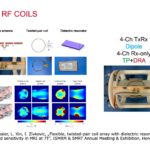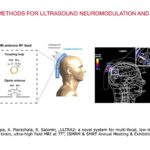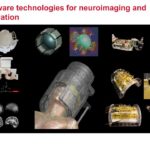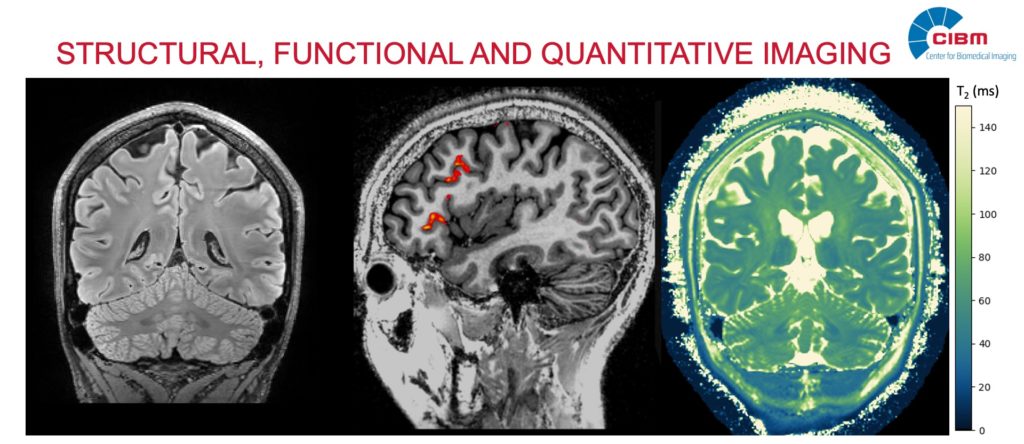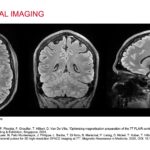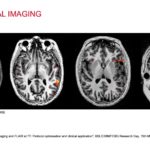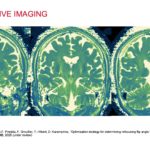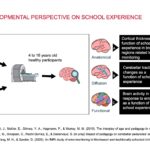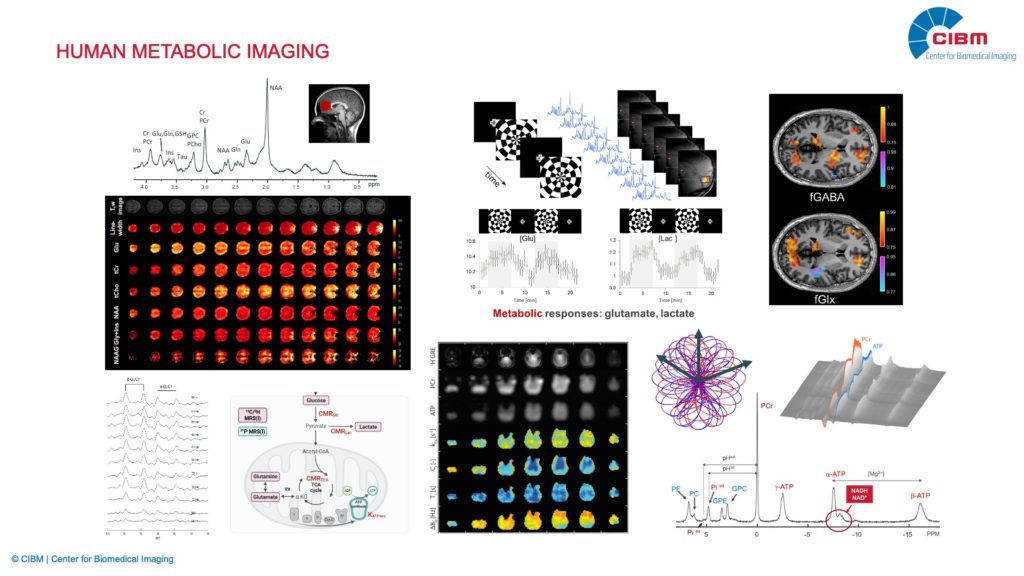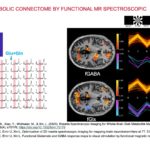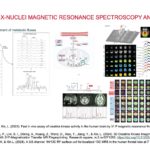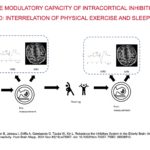Dielectric resonator and dipole antenna arrays for neuroimaging at 7T
Description: Dielectric resonator antenna (DRA) arrays are a promising alternative for MRI at 7T, which require no additional decoupling circuits and only a minimal number of lumped components. DRAs can be manufactured using ceramic materials with an extremely high dielectric constant (up to thousands). We combine dielectric resonator antennas with dipole antennas to increase SNR in the deep brain in neuroimaging at 7T, which is challenging. Furthermore, we want to benefit from a remarkably strong magnetic field near DRAs and substantially boost SNR in peripheral brain areas.
Investigator: Daniel Wenz (EPFL)

